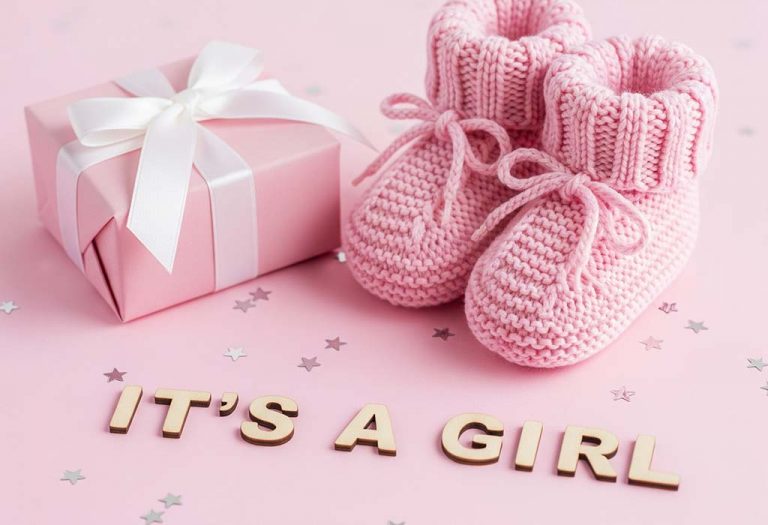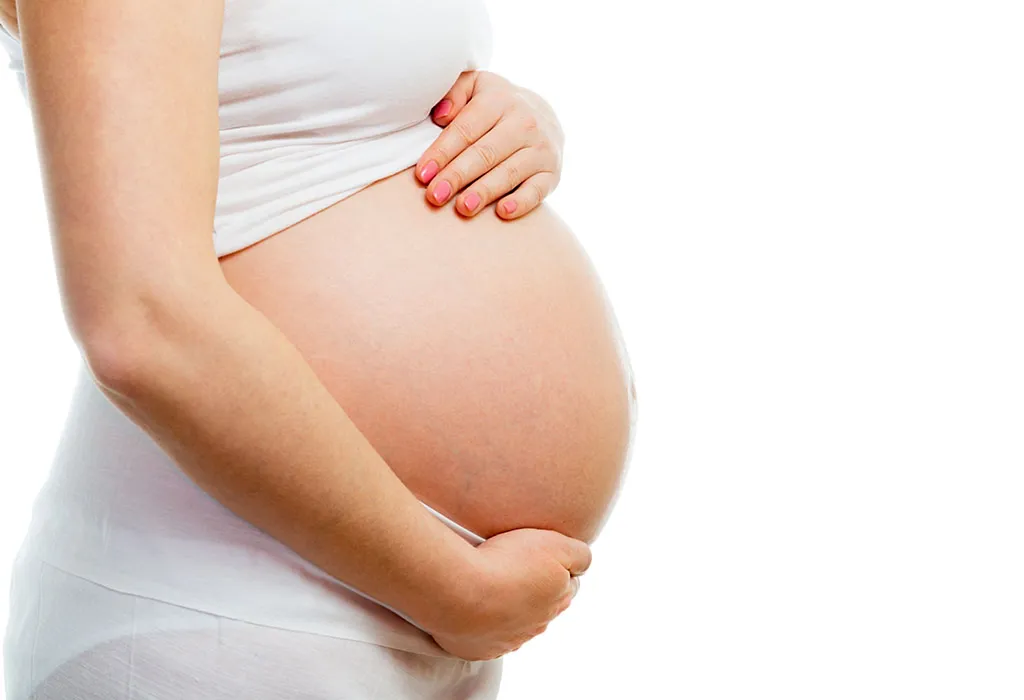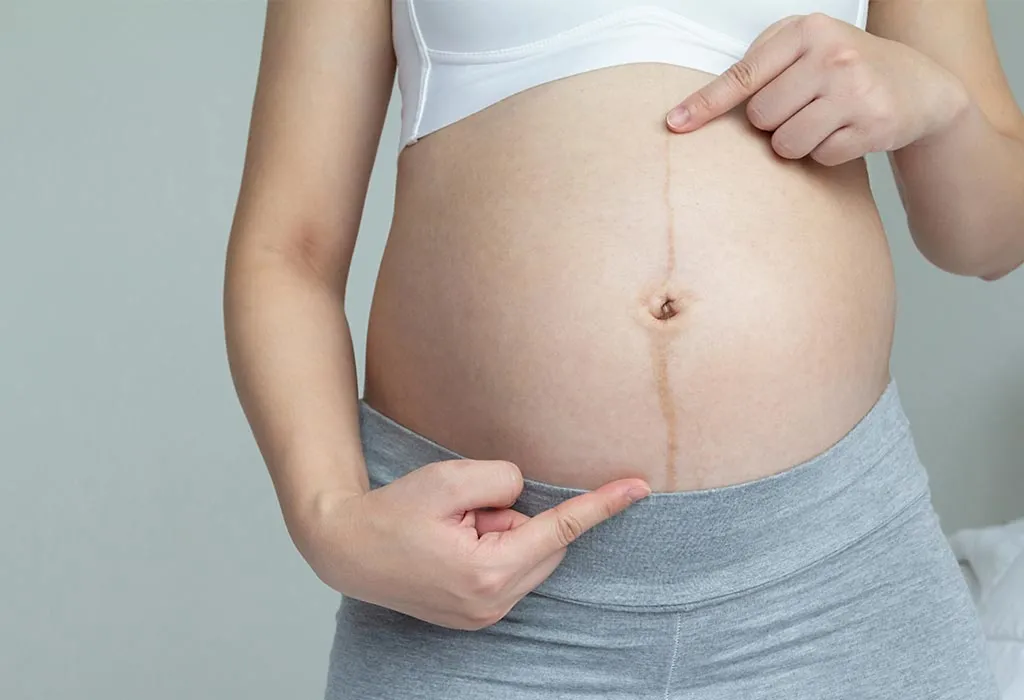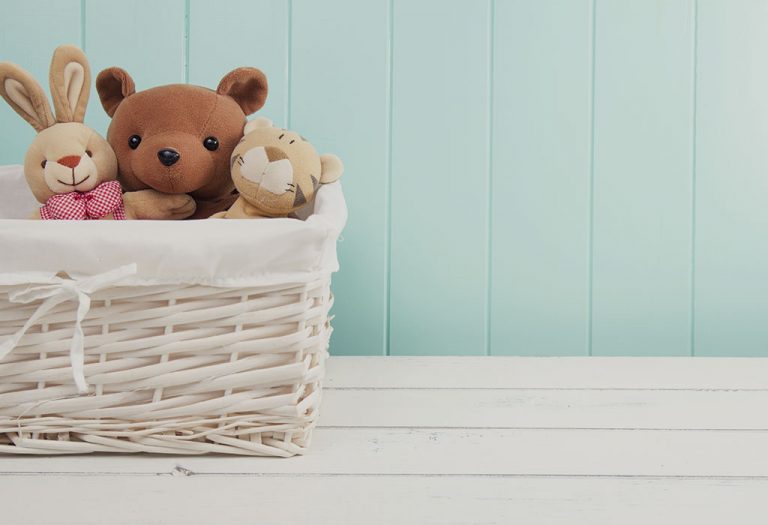Signs You’re Having a Girl – Myths and Facts
All a mother asks for is indeed her child to be healthy, but another fact that cannot be denied is from the moment the mother sees a positive test result to the time the doctor announces the little angel’s gender, curiosity kicks in which is a human trait.
To say the least, having a baby is the most beautiful experience in this world. And the question of whether it is a boy or a girl becomes the new trending discussion in the family. Many a time, moms believe in their gut feeling. In her overwhelming state, while a mom-to-be is undergoing so many changes, the curiosity to know the gender or at least to have guessed it right can be a great way to divert from the highs and lows of the pregnancy for some time. Well, you can have a close guess that you are having a girl symptoms mentioned below will make it easier to guess. Certainly, there are a lot of theories when it comes to determining the gender of the unborn, but which one do we believe? Are any of these signs you’re having a girl scientifically proven?
Here we differentiate between the myths and the facts related to it.
When Is a Baby’s Gender Determined?
Although parents may know the sex of the baby in the 10th week of their pregnancy with the help of a blood test, mostly parents wait for the anatomy scan which happens during the 20th week into the pregnancy. And there are times when parents decide to keep it a surprise and continue with their guessing game whether it’s a girl or a boy.
Myths vs Facts – Signs That You Are Pregnant With a Girl
1. High Heart Rate – Myth
As parents, you will never forget the sound during one of those doctor’s appointments when you hear your baby’s heartbeats for the first time. Baby girls have higher heart rates compared to baby boys.
Fact : Heartbeats of baby girls tend to be higher when the mother is in labor, but symptoms of baby girl in first trimester are not at all linked with the higher heartbeats (1).
2. Mood Swings – Myth
Severe mood swings are indicative that you are pregnant with a baby girl.
Fact
Different studies suggest the contrary to this myth. While some suggest the levels of estrogen are much higher than progesterone when pregnant with a baby girl, which can lead to dramatic mood swings, others suggest no relationship between the unborn’s gender and the mood swings (2).
3. Belly Shape – Myth
A round belly with a lower womb is a pregnancy sign it’s a girl, while a pointed belly that’s in the middle means a boy is on the way.
Fact
The shape of the belly has nothing to do with the sex of the baby, but with the mother’s body weight, height, and other physical factors, belly size has something to do with the number of babies on the way.
4. Morning Sickness – Myth
Mama’s facing the extreme morning sickness cases are sure to have a baby girl. Are the worst morning sicknesses pregnancy signs it’s a girl?
Fact
While many nauseous mothers give birth to baby boys, the extreme morning sickness cases are not a proven symptom of having a girl (3).
5. Breast Size – Myth
One of the signs you are carrying a girl is that your right breast looks smaller compared to the left one. Over the years many pregnant ladies have believed in it.
Fact
Changes in the size of breasts are one of the most common signs of pregnancy and it happens for the obvious hormonal changes the body undergoes to prepare the breasts for feeding before the baby is born (4). Hence, breasts do swell during pregnancy, but it shouldn’t be considered as one of the signs of having a baby girl in the womb.
6. Sleeping Style – Myth
The famous saying of old wives is that if you sleep on your right side throughout your pregnancy then you are surely going to be blessed with a baby girl.
Fact
Pregnant women deal with a rapidly changing body especially a quickly growing tummy, which makes it common for them to have some changes in their sleeping style considering the posture they feel most comfortable. There is no scientific proof that sleeping on the right side means it is one of the “you’ll be having a girl” symptoms.
7. Linea Nigra – Myth
Linea nigra is the dark line that starts from the center of the mother’s belly (5). It is believed that if the line ends at the belly button, it is another clear pregnancy sign that you are carrying a girl for sure, is it?
Fact
Linea nigra is nothing, but a change in the skin color that is caused due to the sudden, high generation of the melanin pigment. It is not related to the baby being a girl or a boy.
8. Food Cravings – Myth
Remember how the purely vegan Phoebe from F.R.I.E.N.D.S started to crave for ham cheese sandwich when she was pregnant with triplets? Pregnancy comes with a lot of unexpected and untimely cravings. As the old wives’ tales go, if you crave sweets, then it is your little girl who is craving for sweets.
Fact
Cravings can tell you a lot about your body’s requirement, but not the sex of the baby.
9. Skin Changes – Myth
For decades, this saying has been rooted in the stories that women who tend to have acne and oily skin during their pregnancy are pregnant with baby girls. And it is further justified by the idea that the unborn girl takes a role in her mother’s beauty.
Fact
Another hormone-related result of mother’s pregnancy is oily skin and acne, it is not related to the baby’s sex (6).
10. Urine Color – Myth
If your urine is clear, then it is another sign of a baby girl in your womb.
Fact
Clear urine is a sign of a hydrated mother; on the other hand, the dark and smelly one means you need to increase your water intake! This means that the popular DIY test of baking soda is unreliable.
11. Clumsy vs Graceful – Myth
It is assumed that if you can handle your entire pregnancy pretty gracefully, then you are going to give birth to a princess. A messy and clumsy pregnancy period indicates a baby boy.
Fact
The clumsy part is quite common with pregnancies, after all, the body weight increases and it suddenly gets difficult to manage. Feeling tired and a little irritated happens to almost every pregnant woman and it is not a proven sign of the baby’s gender.
12. Dreams – Myth
Keeping all the signs aside, you have an intuition of the little human growing inside you is a baby girl. It is said that your dreams are not wrong if you see yourself giving birth to a baby girl then so it will be.
Fact
You guessed it right, there’s no proven record to claim it, but we all know intuitions have a strong place in our belief system.
13. Hair Growth & Texture – Myth
Some believe that if a pregnant woman’s hair becomes thicker, glossier, and grows faster, she’s carrying a boy because of “male hormones.” Conversely, dry, brittle, or slower-growing hair supposedly means a girl is “stealing the mother’s beauty.”
Fact
Pregnancy hormones (like estrogen) prolong the hair’s growth phase, reducing shedding and creating the illusion of thicker hair. Changes in texture or oiliness are due to hormonal fluctuations, not the baby’s sex.
14. Cold Feet – Myth
An old superstition suggests that icy-cold feet throughout pregnancy are a sign of a girl, as people claim “girls cool the mother’s body from within.” Some even say warm hands and feet mean a boy is “heating up” the womb.
Fact
Cold extremities during pregnancy are usually caused by increased blood volume, circulation changes, or mild anemia—all common and unrelated to fetal sex. Hormonal shifts can also affect body temperature regulation, but there’s no evidence linking it to whether the baby is a boy or girl.
15. Face Shape Changes – Myth
Lore says that if a woman’s face becomes rounder, fuller, or “glows,” she’s having a girl, while a more angular or defined face means a boy. Some even claim acne or pigmentation changes are “proof” of a girl “taking the mother’s looks.”
Fact
Facial swelling (edema) and skin changes are caused by pregnancy hormones like progesterone and estrogen, which increase fluid retention and melanin production. The infamous “pregnancy glow” comes from boosted blood flow and oil glands—not the baby’s sex. Every woman’s skin reacts differently, regardless of gender.
16. Fetal Movement – Myth
A common myth states that gentle, rolling movements (like “butterflies”) indicate a girl, while strong kicks and jabs mean an active boy. Some even say girls “dance” in the womb while boys “box.”
Fact
Fetal activity depends on the baby’s temperament, muscle development, and positioning (e.g., anterior placenta can cushion kicks). Studies show no difference in movement patterns between sexes—what feels like “gentle” or “strong” is subjective and varies from pregnancy to pregnancy.
17. Nipple Color Change – Myth
Some old wives’ tales claim that if a pregnant woman’s nipples darken significantly, she’s carrying a boy, while minimal darkening suggests a girl. Others say left breast darkening means a girl, while right breast changes indicate a boy.
Fact
Nipple and areola darkening is caused by increased melanocyte-stimulating hormones during pregnancy, which happens to all expectant mothers regardless of fetal sex. The degree of darkening varies by individual skin tone and hormone levels, not the baby’s gender.
18. Leg Swelling Difference – Myth
A persistent myth suggests that if a woman’s right leg swells more than her left, she’s having a girl, while equal swelling means a boy. Some versions claim girls cause “lopsided” fluid retention.
Fact
Leg swelling (edema) in pregnancy is caused by uterus pressure on pelvic veins and increased blood volume, typically worse in the dominant leg (usually right for right-handed women) (7). The severity depends on factors like activity level, salt intake, and whether mom has varicose veins – not the baby’s sex. Sudden severe swelling could indicate preeclampsia and should always be medically evaluated.
Fun Ways to Guess If You’re Having a Girl
While medical tests like ultrasounds and blood work are the only reliable ways to determine your baby’s gender, many parents enjoy playing guessing games using old wives’ tales and lighthearted traditions. These fun, non-scientific methods can add excitement to your pregnancy journey—even if they’re just for laughs!
1. Swinging a Ring (Ring Test)
This ancient divination method involves tying your wedding ring or another small ring to a piece of string or hair. Hold it suspended over your pregnant belly and observe its movement. According to tradition, a circular motion indicates a baby girl, while a straight back-and-forth pendulum swing suggests a boy. Some versions recommend holding the ring over the palm instead of the belly. The test is often performed multiple times to confirm the result.
2. The Key Test
In this playful gender prediction game, someone (usually your partner or a friend) places an old-fashioned door key on a flat surface in front of you. Without overthinking it, you’re supposed to quickly pick up the key. Folklore claims that if you naturally grab the round, bow-shaped end of the key, you’re carrying a girl. If you instinctively grasp the jagged, toothed end of the key, it supposedly means a boy. Some variations suggest doing this test blindfolded for more “accurate” results.
3. The Baking Soda Gender Test
This popular DIY gender test involves collecting a sample of your first-morning urine in a clean cup. Add 1-2 tablespoons of baking soda to the urine and observe the reaction. According to the myth, if the mixture fizzes vigorously like a science experiment volcano, you’re supposedly having a boy. If there’s little to no reaction with just some gentle bubbles or settling, legend says you’re carrying a girl. Some versions suggest the intensity of the fizz correlates with how “strong” the boy will be. The test is often repeated on different days to check for consistent results, with many moms-to-be filming their reactions for fun pregnancy memory keepsakes.
FAQs
1. Do girls make you show earlier in pregnancy?
How early you show depends on your body type, muscle tone and whether it’s your first pregnancy, not the baby’s gender.
2. Does getting more headaches during pregnancy mean it’s a girl?
While some believe girls cause more hormonal headaches, there’s no scientific link – headaches can occur in any pregnancy due to blood volume and circulation changes.
Whether it’s a boy or a girl, the mother always prays for the health of the baby. Happy Motherhood!
References/Resources:
1. OB-GYN 101: Introductory Obstetrics & Gynecology – Fetal Heart Beat
2. American Pregnancy Association – Mood Swings During Pregnancy
5. Pregnancy, Birth & Baby – Linea nigra
6. Johns Hopkins Medicine – Pregnancy and Skin Changes
7. NHS – Swollen ankles, feet and fingers in pregnancy
Also Read:
Uncommon Signs & Symptoms of Pregnancy
Twin Pregnancy Symptoms and Early Signs
Signs of a Healthy Baby that Every Parent Must Know
Was This Article Helpful?
Parenting is a huge responsibility, for you as a caregiver, but also for us as a parenting content platform. We understand that and take our responsibility of creating credible content seriously. FirstCry Parenting articles are written and published only after extensive research using factually sound references to deliver quality content that is accurate, validated by experts, and completely reliable. To understand how we go about creating content that is credible, read our editorial policy here.































